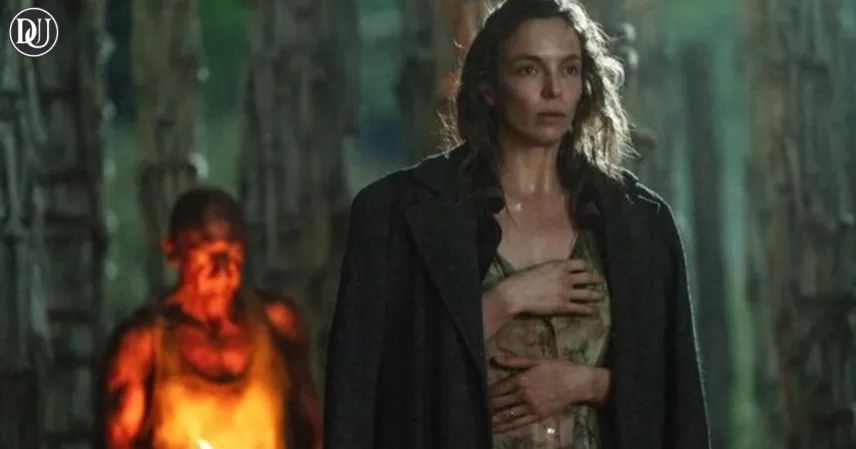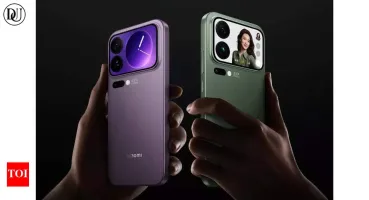The idea of a sequel dropping almost three decades later for a film like 28 Days Later— that’s genuinely wild, isn’t it? Danny Boyle, Cillian Murphy – it felt like a moment when that movie hit. Now, with 28 Years Later finally on the horizon, it’s not just about the zombie, or ‘infected,’ angle coming back, it’s also a real moment for how movies are actually made. You can already stream it digitally, according to IGN, which is pretty cool considering the buzz.
🧟♂️ The Rage Returns, After All This Time
Twenty-eight years. That’s a significant chunk of time, especially in a fictional world ravaged by a super-fast virus that turns people into, well, rage-filled monsters. I remember watching the original – it was visceral, terrifying, and honestly, felt very real because of how grounded it was. It wasn’t just about the zombies, it was about the desperate human element, the quiet desperation in a deserted London. Bringing that back, especially with Boyle at the helm, feels right. He just gets that tone, you know? It's not just a cash grab, it feels like a continuation of a story that genuinely had something to say about humanity under pressure.
📱 iPhone Filmmaking: A Game Changer?
What’s even more fascinating, and honestly, blew my mind a little when I saw the reports, is the tech angle here. MacRumors, and then AppleInsider, were all over this news: Danny Boyle apparently shot scenes for 28 Years Later using like, twenty iPhones. Think about that for a second. We’re talking about a major Hollywood production, a big-budget sequel to a beloved horror film, using devices that most people carry in their pockets every day. It’s pretty incredible. Boyle talked about the benefits of iPhone filmmaking, and it really makes you wonder about the future of cinema. Does it democratize filmmaking even further? Or is it just a creative choice for a specific aesthetic? Probably a bit of both, but it definitely sparks a conversation.
🎥 Why iPhones? The Aesthetic Angle
Using iPhones isn't just a gimmick, I don’t think. It probably ties into the raw, almost documentary-like feel of the original 28 Days Later. That film had this gritty, low-fi aesthetic that really enhanced the sense of desolation and immediacy. Imagine amplifying that with the kind of sharp, immediate visual quality you get from an iPhone camera. It makes sense if you're trying to capture something truly raw, something that feels found-footage adjacent without actually being found footage. There’s an intimacy there, a way to get incredibly close to the action without massive, unwieldy equipment. It might feel more personal, more frantic – perfect for a rage virus movie, right?
⏳ Time Flies When You're Surviving
Another thing that struck me about the "28 years later" title itself is how it emphasizes the passage of time. A lot of apocalypse stories focus on the immediate aftermath, but this franchise has always been about what happens after the initial chaos. It makes you think about societal collapse, how people would adapt, what kind of new normal would emerge. Is it a world where the infected are still a massive threat, or has humanity found a way to carve out some semblance of order? Could be wrong, but I always felt the strength of Boyle’s vision was in showing the lingering psychological toll, not just the jump scares. That long gap also allows for entirely new generations who might only know the world after the pandemic. That’s a whole different kind of fear to explore.
🤔 What Happens Next? The Sequel Saga
Sequels almost three decades on are a tricky beast. On one hand, you have immense nostalgia and a built-in fanbase. On the other, expectations are sky-high, and it’s hard to recapture that original magic. Think about some other long-gap sequels – sometimes they hit, sometimes they miss pretty wide. But with Boyle back, and that innovative filmmaking approach with the iPhones, it feels like there’s genuine creative drive behind this, not just a studio trying to milk an old IP. I'm honestly curious to see how they evolve the story, if it's still grounded, or if they take it to a more global scale. Will the infected have evolved too? Is that even possible?
🌍 The Enduring Appeal of the Apocalypse
Ultimately, these kinds of films, the ones that strip away civilization, they just resonate. People are fascinated by survival, by what we'd do when everything is gone. And 28 Days Later really solidified a certain type of modern zombie narrative, even if they call them 'infected' here. It influenced so many things that came after. To see Boyle return to that well, with new tech and nearly three decades of real-world changes and anxieties – it feels relevant. The world has changed so much since the first one came out, you know? Our understanding of global pandemics, digital communication, societal breakdowns – it's all different. How will that reflect in a new movie? It’s not just a horror film anymore, it’s almost a reflection of our current collective anxieties. And honestly, I can’t wait to see how it all plays out.










